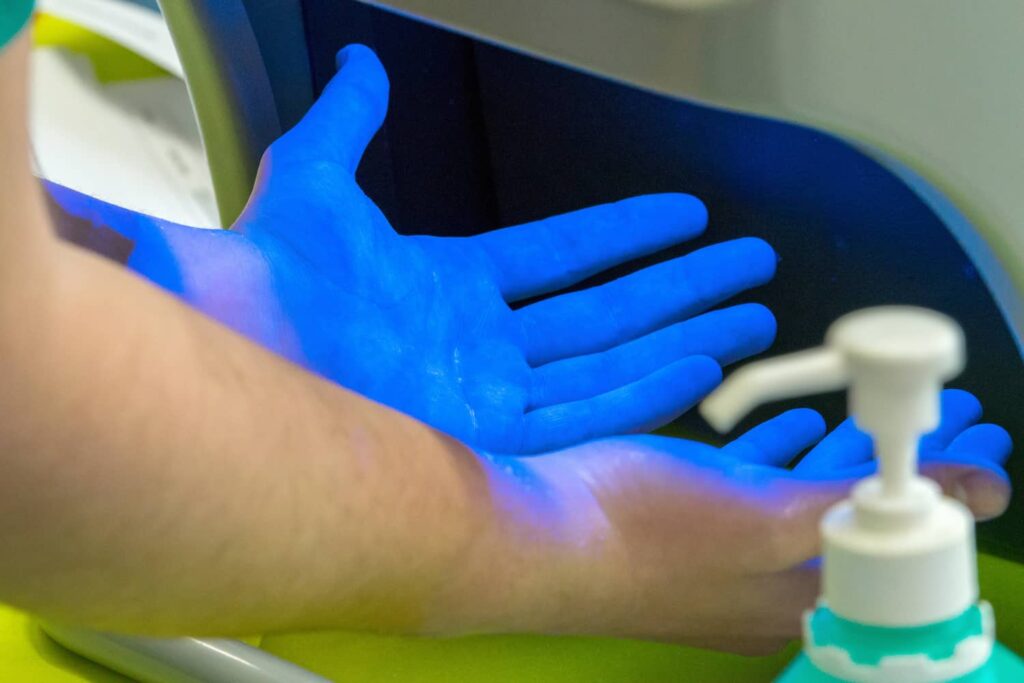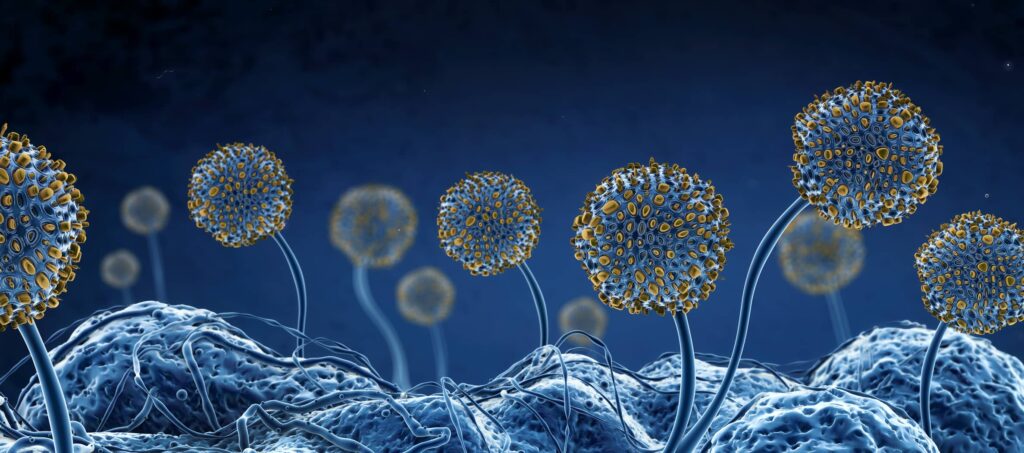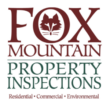Mold is a common issue that affects many households and buildings, leading to poor indoor air quality and potential health risks. Finding effective ways to combat this persistent problem is crucial for maintaining a healthy living environment. Many homeowners think that using UV light can kill mold. It can kill mold but it will depend on the type of UV light that you use and you want to make sure you follow the steps or consult a professional. In this article, we will talk about UV light, if it kills mold, steps to kill it, as well as preventative maintenance.
Let’s learn more!
What is UV Light?
Ultraviolet (UV) light is a type of electromagnetic radiation with a wavelength shorter than that of visible light but longer than X-rays. It can be categorized into three types: UVA, UVB, and UVC. Among these, UVC has the highest energy and is known for its germicidal properties.
Does All UV Light Kill Mold?
Not all UV light is equally effective at killing mold. UVC, with its short wavelength and high energy, is the most efficacious in disrupting the DNA and RNA of microorganisms, which includes mold spores. This action prevents their replication and eventually leads to their elimination.

How Does UV Light Kill Mold?
The mechanism by which UV light kills mold involves the absorption of the radiation by the mold’s DNA and proteins. This absorption leads to molecular damage, primarily in the form of thymine dimers in DNA, which inhibits cellular function and reproduction, ultimately causing cell death.
Safety Precautions When Using UV Light to Kill Mold
There are some safety precautions you want to take when using UV light to kill mold. Those are:
- Goggles
- Covering up exposed skin
- Avoiding direct eye contact with UV light
- Ensuring proper ventilation.
Steps to Kill Mold with UV Light
- Identify the Affected Area: Begin by locating all areas where mold is present.
- Ensure Safety: Wear protective gear to safeguard your eyes and skin from harmful UV radiation.
- Prepare the Area: Clean the surface to remove dust and debris for the UV light to effectively reach the mold.
- Use a UV Light Source: Position the UV light source close to the affected area, ensuring it covers all the mold-infested spots.
- Exposure Time: Allow sufficient exposure time; this could range from minutes to hours depending on the device’s power and the severity of the mold.
- Post-Treatment: After treatment, clean the dead mold and dispose of it properly.
Limitations of UV Light
While UV light can be effective in killing mold, it may not be sufficient in all cases. It would be beneficial to mention that UV light cannot penetrate through solid surfaces such as walls, floors, and ceilings, and may not be effective in eliminating hidden mold.
Cons of Using UV Light
Just because UV light can assist in killing some mold spores and bacteria does not always mean that it is the best choice. Let’s take a look at what some of the negative reasons for using UV light might be.
- Direct contact – The UV light must come into direct contact with the mold spores to kill them. This could cause the light to miss any deeply tucked away mold spores in areas with a porous surface, such as drywall.
- Cost – Installing a UVGI system to cover an entire room could cost you as much as $9,000 or more. Also, consider that spending $100 on a small UV-light lamp, might not be a great idea as it only covers a small area. Consequently, this could be time-consuming.
- Dangerous – UV light usage can be dangerous to any homeowner. It is an artificial light that can cause extreme burns if exposed to the skin. Also, if pointed in the direction of your eyes, it could cause blindness.
Aftercare
After the mold has been eliminated, it is important to take steps to prevent its re-growth. This could include regular cleaning, reducing indoor humidity levels, and fixing any leaks or water damage.

Preventative Maintenance
It is important to make sure there is regular maintenance in the home such as fixing leaks, reducing indoor humidity levels, and proper ventilation. There are also things you can do for preventative maintenance. One of those is stopping mold growth in the home. Some suggestions are listed above, but also checking around roofs and windows for leaks is a good idea. Also, ventilating areas and upgrading filters are important.
Another is cleaning mold from the carpet. You can do this with vinegar, baking soda, bleach, or anti-fungal carpet cleaner. This is necessary as mold spores can grow rapidly. Keeping an eye out for mold in the home is essential so you can see if you can stop it in its tracks.
When to Call a Professional to Use UV Light to Remove Mold
It’s advisable to call a professional when:
- The moldy area is large or difficult to access.
- If you’re dealing with toxic mold species like Stachybotrys chartarum, commonly known as black mold.
- You have health issues that can be aggravated by exposure to mold.
- You lack the necessary equipment or expertise to safely use UV light for mold removal.
Professionals are equipped with industrial-grade UV-C lamps and have the expertise to effectively remove mold without causing harm to themselves or the occupants of the building.
Conclusion
UV light, particularly UVC, is a powerful tool against mold, capable of disrupting its DNA and stopping its spread. However, for safety reasons and to ensure effectiveness, it is sometimes necessary to enlist the help of professionals. With proper use, UV light can be an integral part of mold remediation strategies, contributing to a cleaner and healthier environment. While you are taking care of mold in the home, it is a good time to have mold testing done to see how much may be in the home. It is also a great time to have a home inspection and you can schedule online with Fox Mountain Property Inspectors in Maryland, Pennsylvania, Virginia, and West Virginia today!




